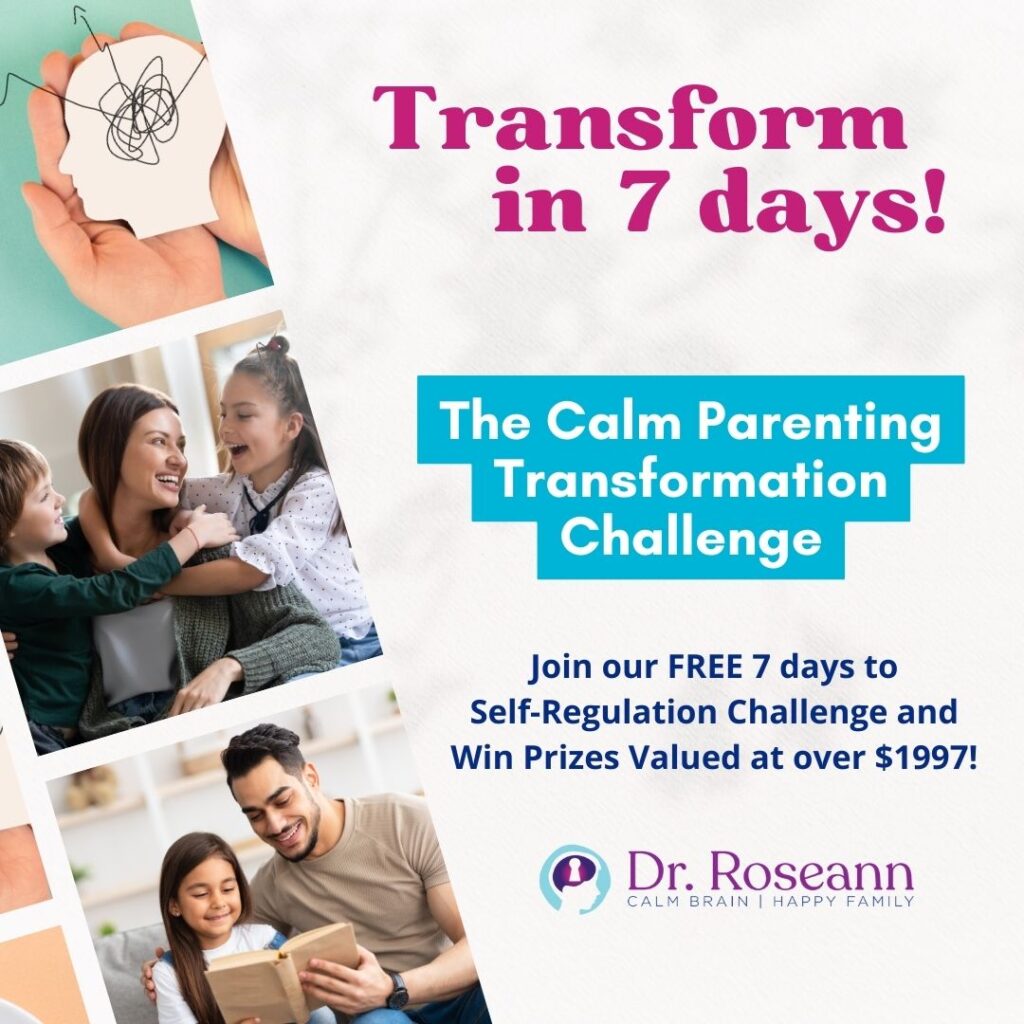
Counter your overwhelm and reset your nervous system in 7 days
7 Days to
Self Regulation
Challenge starts on April 22!
Worry, uneasiness, and nervousness are all symptoms of anxiety. If children fear something too much or are worried about a certain event all the time that interferes with their daily functions, then they may be dealing with clinical anxiety and our anxiety treatment guide can help.
The nervous system may be kept in a heightened state of fight, flight, or freeze due to compound stressors. When the nervous system is triggered by a combination of environmental, sensory, emotional, and physical stimulation, anxiety develops. As a result, children or teens will become uneasy physically and emotionally.
Some children and teens are aware of their triggers, but others aren't. Either way, anxiety can be very uncomfortable when activated.
TABLE OF CONTENTS
In clinical anxiety, negative or worrying thoughts and fears exceed what is normal and interfere with a child or teen’s day-to-day functioning. When overwhelmed, anxiety can cause kids and teens to focus on their fears and worries instead of being present and productive.
For example, rather than focusing on their studies and doing their homework, children may worry about their grades so much that they imagine receiving low marks. Their fear of getting low marks then takes over and they begin worrying about all of the negative consequences arising out of their low grades. This creates additional worries and negative thoughts and on and on it goes. Eventually, they will worry about something so far afield that it can be completely irrational and make no sense at all.
Change and social interactions are the most common triggers of anxiety, due to the risk of discomfort. During adolescence, teens undergo physical transformations and social changes at an accelerated rate.
As they enter high school, they must let go of childhood habits and take on more responsibilities, where they also face peer pressure and heartbreak for the first time. Students may feel anxious about academic success and peer relationships in response to their insecurities and fears.
Anxiety disorders affect adults and children in different ways. Knowing the signs of clinical anxiety will help kids and teens get the support they need. Anxiety disorders can begin in kids starting at the age of six. They encompass a fairly wide range of disorders, such as:

As the most common anxiety disorder, GAD is characterized by persistent and excessive worrying about a lot of different things. Children and teens with this disorder expect the worst for no apparent reason, and their fearful thinking seems out of proportion with any actual risks.
The majority of those with this kind of anxiety worry about multiple things and show some physical symptoms, in addition to the emotional ones. Children and teens with GAD often recognize their worry does not make sense, but they can't control it.
Panic attacks are common among kids and teens with panic disorder. It is characterized by a sudden surge of anxiety and fear and may include one or more of the following symptoms:
The attacks are typically brief, lasting only a few minutes, and can occur at any time of the day or night. Major life stresses or having a comorbid condition make the attacks more likely to happen.
Anxiety and depression are often linked together because those who have it feel that they have no control over their lives. This line of thinking may lead to depression. Additionally, females are twice as likely as males to suffer from panic attacks.
Teenagers and children who fear losing control may change their behavior to avoid panic attacks, so be sure to watch out for avoidant behaviors.
Phobias are extreme and irrational fears that are often accompanied by panic or anxiety. They are usually linked to a particular place, action, situation, or object. Phobias can be brought on by a frightening experience or trauma in the past.
People with phobias are aware that their fear is irrational, yet they are unable to control it, causing them to avoid such situations as much as possible.
In the US, approximately 3% of all children have an anxiety disorder. The average age of onset is 6 years old. Furthermore, estimates show that 31.9% of adolescents aged 13-18 have some type of anxiety disorder.
In the past 10 years, there has been increasing recognition of anxiety in young people by healthcare providers, including a 17% increase in anxiety disorder diagnosis. High school students today have more anxiety symptoms and are twice as likely to see a mental health professional compared to teens in the 1980s.

There is a difference between anxiety in children and anxiety in adults. Due to the fact that kids are unable to express their feelings in words, they exhibit more behavioral symptoms than more mature individuals. Most of the physical symptoms of anxiety displayed by children tend to wax and wane at different times.
In order to receive an anxiety diagnosis, here are a few steps to follow:
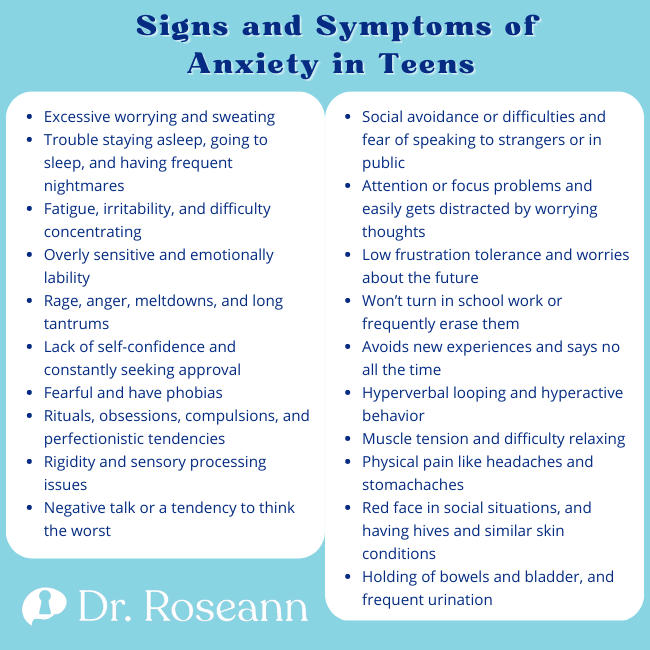
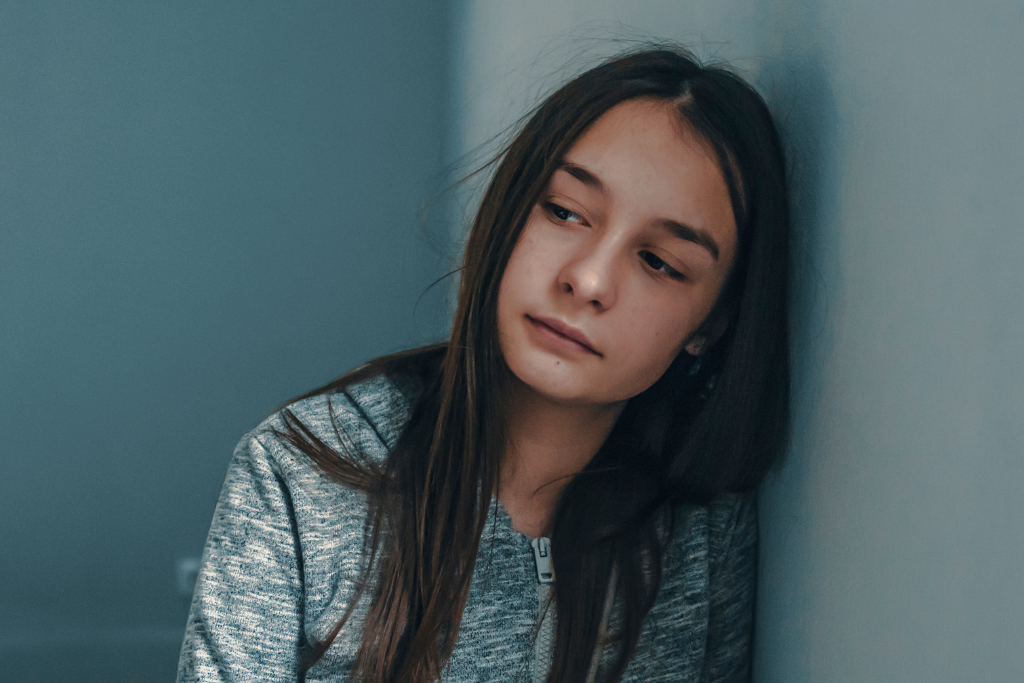
It is common for anxiety to co-occur with other mental health disorders. Among them are:
It is important to note anxiety and OCD are different. While Obsessive Compulsive Disorder may start with anxiety, OCD is a separate clinical disorder. An OCD diagnosis incorporates unreasonable thoughts and fears (obsessions) that occur for an hour or more a day.
Anxiety can result from a variety of issues related to stressors, medical issues, and genetics. Some of the causes of anxiety are:

Types of Natural Therapies That Treat Anxiety

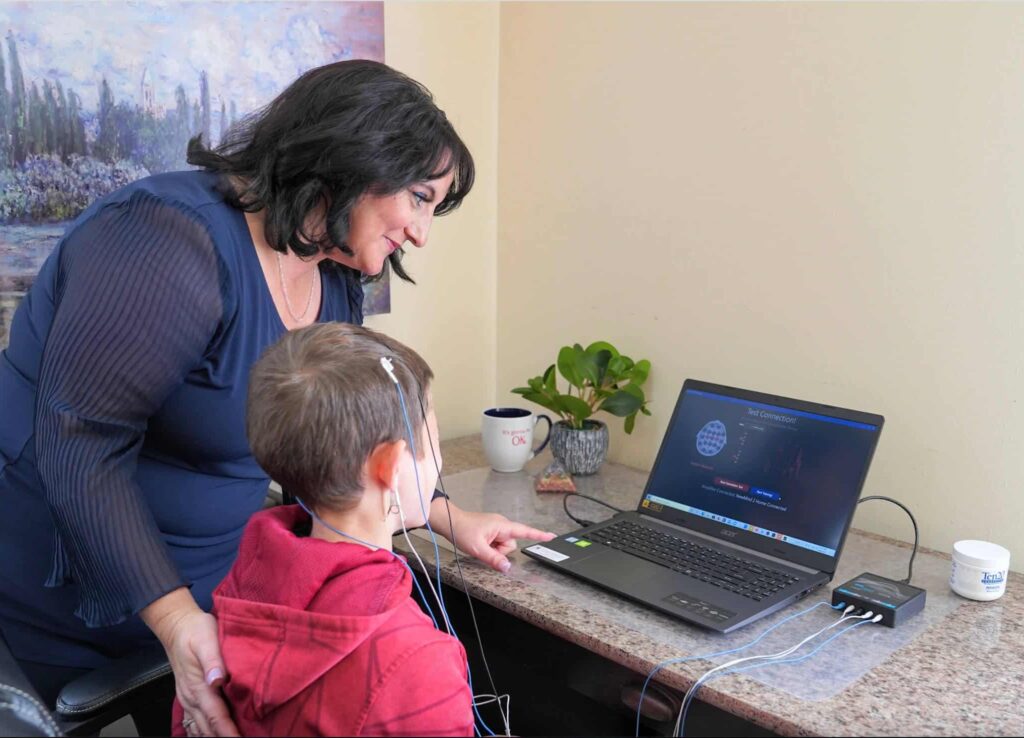
Many people are unaware of the effectiveness of neurofeedback training. Such feedback, when coupled with operant conditioning or reinforcement, it becomes a powerful technique for treating a variety of symptoms, including those associated with many different ailments.
Neurofeedback reinforces one’s subconscious's ability to change its behavior. Visual and auditory reinforcements are done through computers to change the brainwave and reinforce the subconscious.
As a result of measuring and reinforcing through neurofeedback, the brain learns to self-regulate. It also calms the nervous system, which effectively reduces or eliminates the symptoms. Any brain can be trained to perform better, regardless of its function or dysfunction.
Pulsed electromagnetic field therapy (PEMF) boosts cell-to-cell communication to improve body functioning. In PEMF, cells are stimulated and microcurrents are generated along nerve pathways. A beneficial effect of these low frequency currents is the promotion of self-healing and wellness.
PEMF helps improve mental health in three ways.

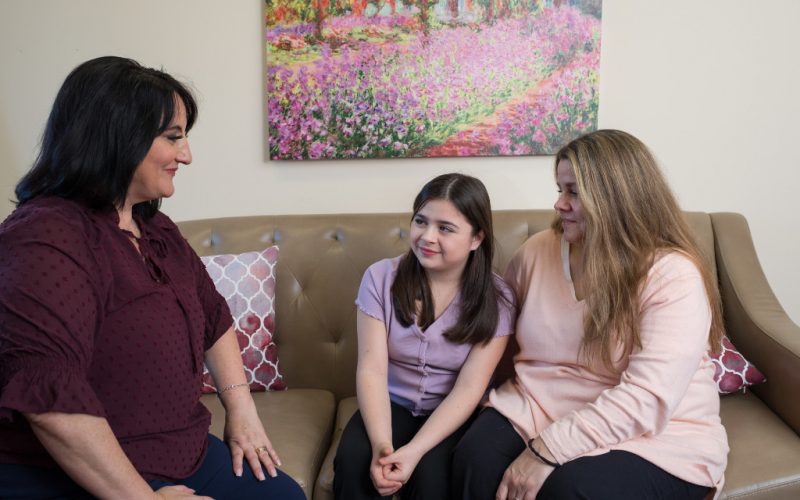
Psychotherapy is very effective for people with anxiety, especially when it comes to challenging faulty or negative thinking. When it comes to psychotherapy, a skilled therapist specializing in children and adolescents is essential.
The goal of somatic therapy is to recognize and release tension that remains in the body after a stressful or traumatic event or chronic long-term stress. During a somatic therapy session, children and teens get to track their body sensations. Unlike talk therapy, somatic psychotherapy focuses on connecting with body sensations before engaging in deeper cognitive-behavioral work.
Through somatic therapy, the nervous system is reset so that stress, anxiety, pain, and trauma can be released without the child or teen having to be so activated. Here, children become aware of and learn to tolerate physical sensations, including bodily sensations that alert the client to become aware and in control rather than being activated.
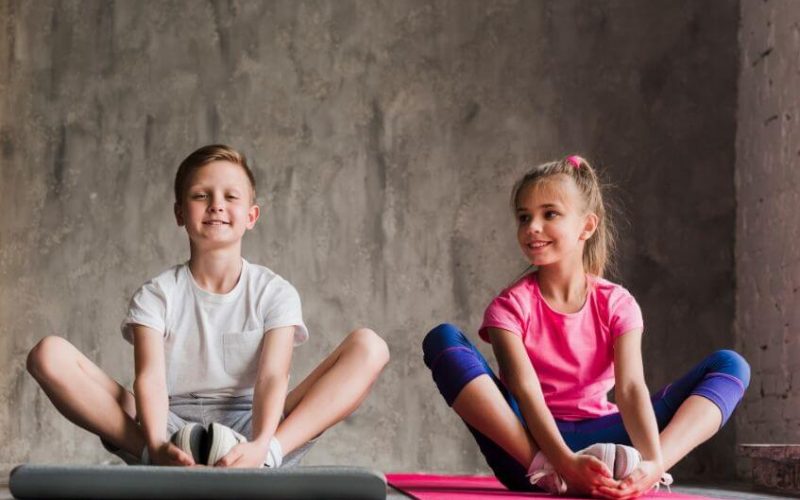
During sessions, physical exercise, breathing techniques, movement, and voice work are used to create a window of tolerance. A variety of benefits can be gained from this type of therapy, including calming the nervous system and reframing or transforming negative experiences, whether they are current or from the past. Additionally, it increases concentration and reduces discomfort, strain, and stress.
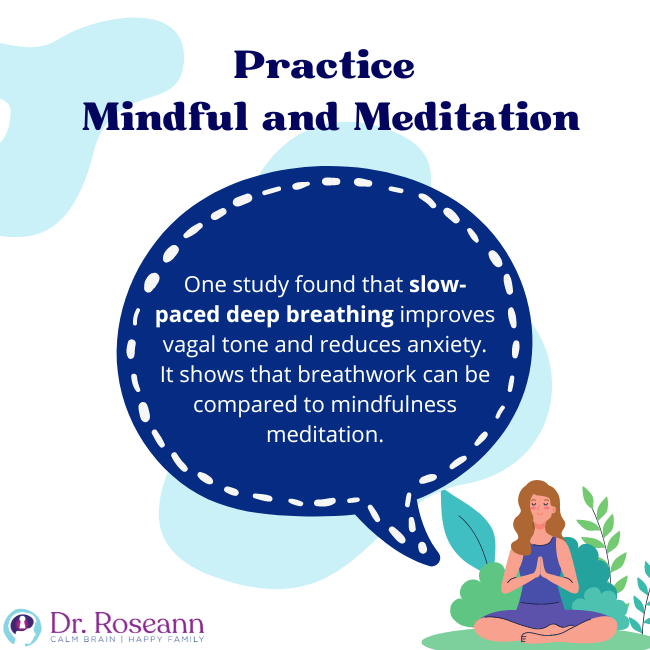
Mediation is so beneficial, especially for children. It is important for your child to learn how to connect to their body and how to ground themselves. Meditation can be challenging because people, especially children, struggle to quiet their minds and bodies.
Parents often believe that their child will never be able to sit still and meditate, but it is possible. Among the types of meditation that children and teens can do are mindfulness meditation, walking meditation, progressive relaxation, and yoga.
For example, progressive relaxation meditations help kids and teens calm their minds and bodies while understanding more about body sensations and using them to their benefit. On the other hand, during moving meditation, kids and teens become more mindful of their movements and are able to regulate them.
During play therapy, toys are substituted for the child's words, while play is used as a form of communication. The purpose of play therapy is to help children express their thoughts and feelings when they lack the verbal skills to do so.
This therapy helps children develop adaptive behaviors and gain tools for self-regulation. It also improves their social skills, executive functioning, and emotional skills. The use of play and expressive arts therapy is highly effective in many cases, and a lot of quantitative and qualitative research has proven it.

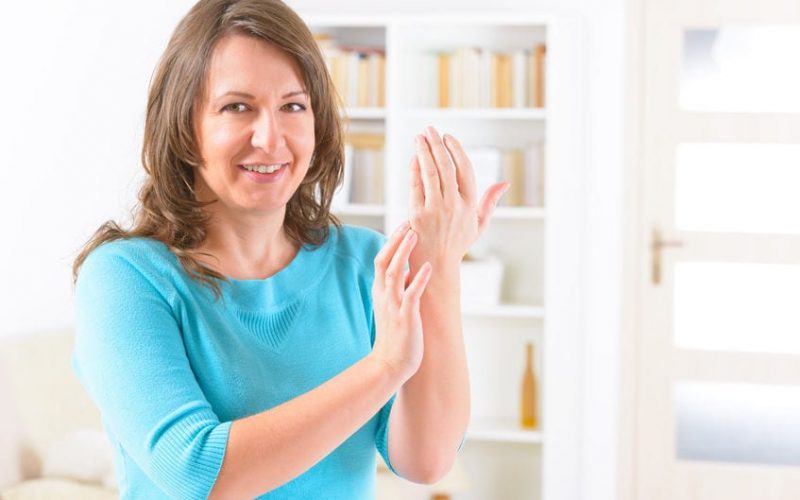
EFT (Emotional Freedom Technique) is a proven alternative healing technique for reducing stress and anxiety. At its core, this technique is based on a combination of ancient Chinese acupressure and modern psychology. It involves tapping along meridians and saying statements that disarm negative thoughts.
By tapping your face, head, and neck with your fingertips, you can reduce anxiety and stress by relaxing and focusing on a specific discomfort. A number of clinical trials around the world have demonstrated that EFT decreases the body's production of the stress hormone cortisol.
Mental health issues can easily develop as a result of compounded stressors. EFT is an excellent way to calm down school-age children experiencing classroom anxiety. It has been proven to reduce the symptoms of several mental health conditions similar to the way that psychiatric medications and talk therapy do.
So how does intermittent fasting help reduce anxiety? When intermittent fasting, the gut gets to remove toxins and heal itself. If the bacteria balance in your gut is compromised, the production and function of your brain’s neurotransmitters are affected. A healthy gut microbiome contributes to the production of neurotransmitters, particularly serotonin and dopamine, which are both necessary for optimum mental health and particularly for managing anxiety.
Additionally, better hormonal balance can be achieved through fasting. Fasting reduces one’s insulin levels, allowing the body to eventually tap into fat stores for energy. By using its fat stores, the body produces ketones that cross the blood-brain barrier, which helps improve brain functions.
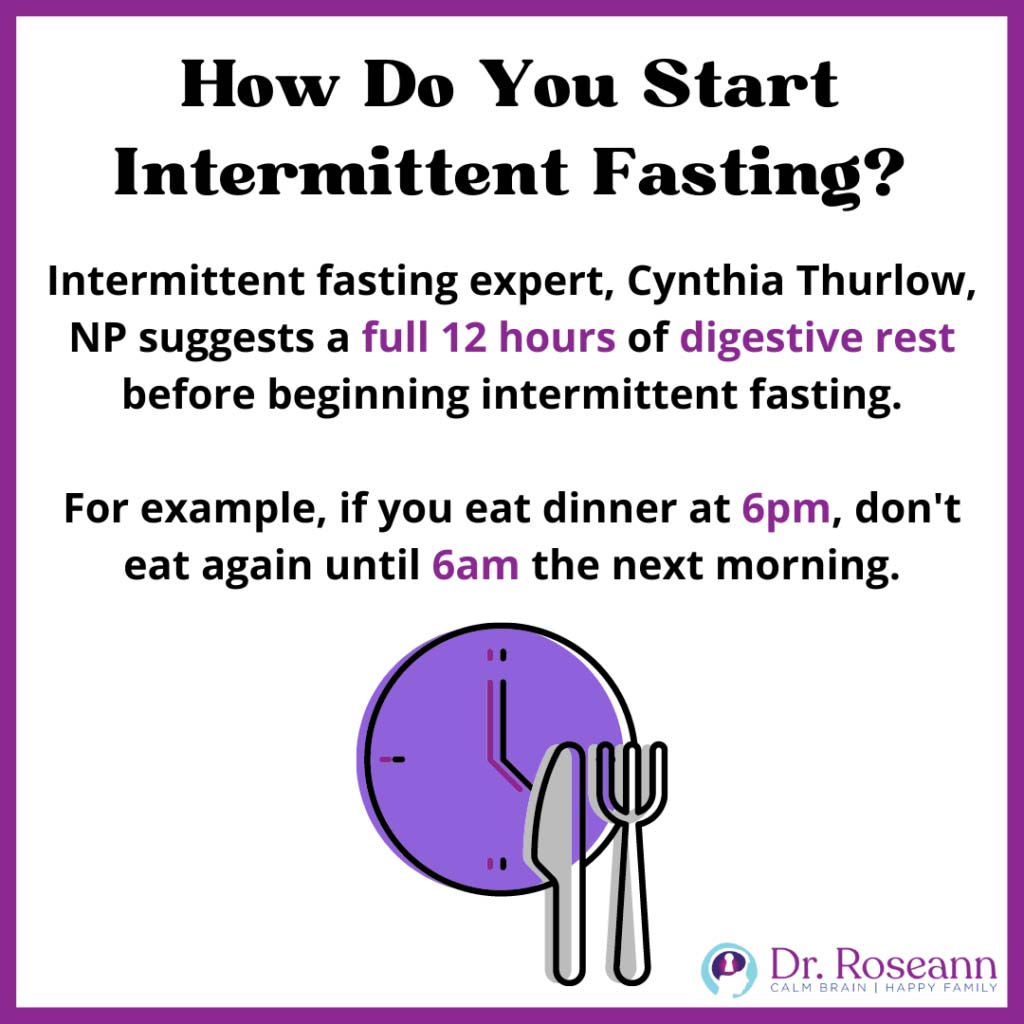
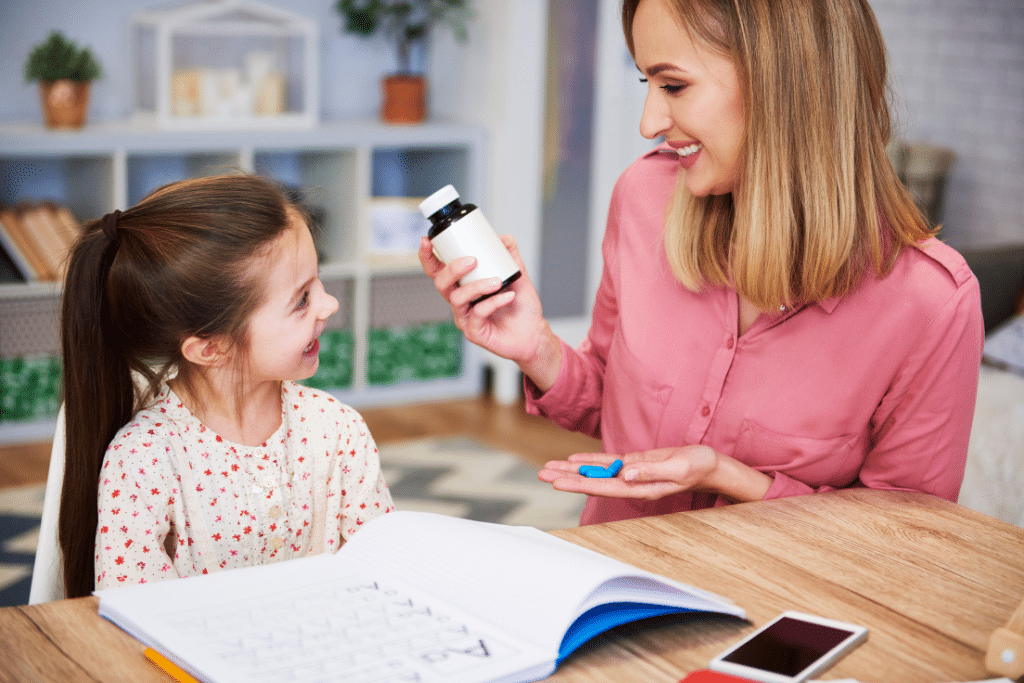
There are many medically reviewed dietary supplements, vitamins, nutrients, and herbs that provide natural anxiety support. One of the most popular natural anxiety remedies is magnesium. Magnesium helps metabolize food, synthesize fatty acids and proteins, transmit nerve impulses for better muscle and blood glucose control, and regulate blood pressure.
Other beneficial supplements for improving mental health are L-Theanine, GABA, EPA, Vitamin D, and Vitamin B. Some recommended herbs for anxiety include Ashwagandha, turmeric, chamomile, and milk thistle.
Research shows that being in nature and exercising helps the anxious and depressed brain in many ways. Most outdoor activities lift the spirit, body, and mind. Taking walks is an excellent way to set an intention for the day and to be mindful of your surroundings.
Regular exercise improves the flow of oxygen inside the body. When your kid engages in these activities, endorphins are released, which reduce pain and produce positive feelings in the brain.
The other benefits of regular exercise include a stronger heart, increased energy level, lower stress, lower blood pressure, reduced anxious thoughts and symptoms of depression, and better sleep, among others. Good examples of outdoor activities are running, walking, playing sports, and doing yoga.

It’s not easy to parent a child with anxiety, especially teens, as they tend to keep their fears and worries to themselves. If you suspect your child or teen has anxiety, here are some things you can do:
The patented REPS Protocol™ helps kids and teens overcome anxiety, distress, panic, and other uncomfortable sensations and emotions. As parents, you should first apply these methods to yourself first because your child co-regulates with you. It’s very important that you take care of yourself to better care for your child.
It all starts with the breath. It regulates your autonomic nervous system and helps to keep you in a calm parasympathetic state.
Seeing successful outcomes and in this case, seeing you and your child calm is critical.
Using positive language with kids not only reinforces their actions and makes it more likely that they will learn, it feels good for both of you.
Ten minutes a day of stress management techniques is all we need.
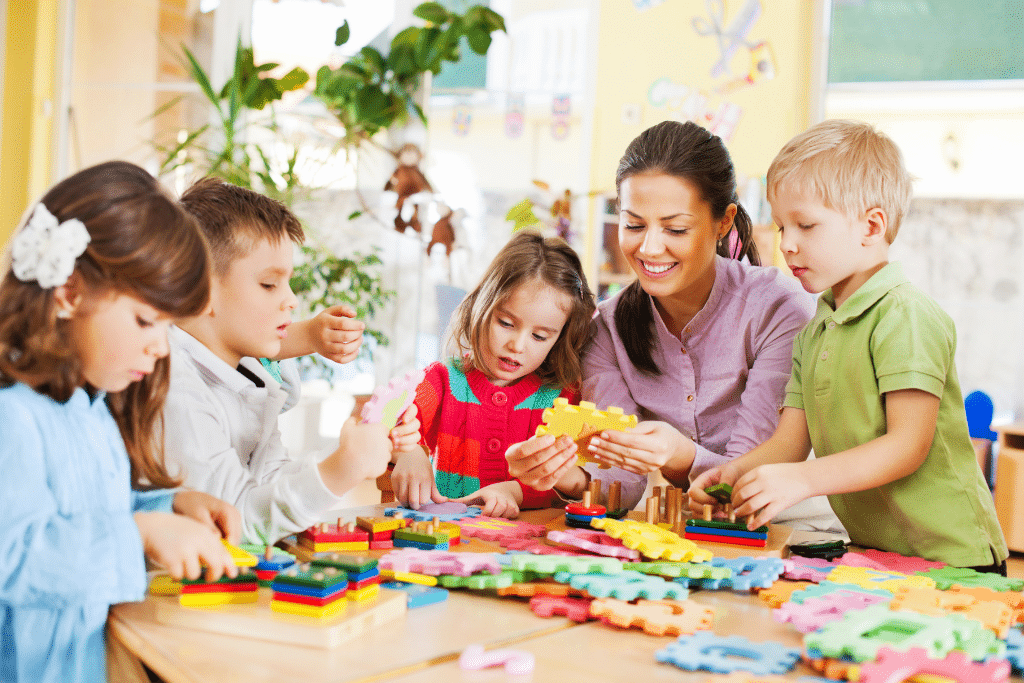
It is important to use positive language when speaking to a child who has anxiety. Be sure to emphasize coping skills. Kids need as many tools as possible in today's stressful world, and learning healthy ways to manage stress is essential to their mental health.
Be a role model when it comes to managing stress. The greatest gift you can give your children is to show them how to lead and navigate through difficult times. Modeling stress management allows them to develop this skill on their own.
Focus on lifestyle changes and self-care to help them better cope with stress. This way, they will be able to handle far bigger things in life.
Clinical anxiety can affect any child. Don't assume otherwise. A lot of parents think that their child cannot be clinically anxious because they live a good life and are loved and cared for. Anxiety can affect anyone, regardless of their age.
Anxiety disorders tend to develop at an early age, usually around six years old. It is common for kids to feel anxious, just as it is for adults. In fact, more and more children and teens are experiencing anxiety these days, making it almost a national crisis.
Just because you are an awesome parent and your child is doing well in school, it doesn’t mean that they don't have clinical anxiety. Seek help from a qualified psychologist or mental health professional if you suspect that your child is suffering from this condition.
“Anxiety.” Medlineplus.gov, medlineplus.gov/anxiety.html#summary. Accessed 28 Sept. 2022.
Mayo Clinic. “Anxiety Disorders – Symptoms and Causes.” Mayo Clinic, Mayo Foundation for Medical Education and Research, 2018, www.mayoclinic.org/diseases-conditions/anxiety/symptoms-causes/syc-20350961. Accessed 25 Sept. 2022.
“Medical Home Portal – Mental Health Screening for Children & Teens.” Www.medicalhomeportal.org, www.medicalhomeportal.org/clinical-practice/screening-and-prevention/mental-health-screening-for-children-and-teens. Accessed 26 Sept. 2022.
Messmer, K. (2019). Art and Play Therapy for Children with Anxiety. Undergraduate Honors College Theses 2016-. https://digitalcommons.liu.edu/post_honors_theses/73/
National Institute of Mental Health. “Anxiety Disorders.” Nih.gov, National Institute of Mental Health, 2019, www.nimh.nih.gov/health/topics/anxiety-disorders. Accessed 28 Sept. 2022.
“NIMH» Any Anxiety Disorder.” Www.nimh.nih.gov, 2017, www.nimh.nih.gov/health/statistics/any-anxiety-disorder. Accessed 27 Sept. 2022.
Disclaimer: This article is not intended to give health advice and it is recommended to consult with a physician before beginning any new wellness regime. *The effectiveness of diagnosis and treatment vary by patient and condition. Dr. Roseann Capanna-Hodge, LLC does not guarantee certain results.
Always remember… “Calm Brain, Happy Family™”
Dr. Roseann and her team are all about solutions, so you are in the right place!
There are 3 ways to work with Dr. Roseann:
You can get her books for parents and professionals, including: It’s Gonna Be OK™: Proven Ways to Improve Your Child’s Mental Health, Teletherapy Toolkit™ and Brain Under Attack: A Resource For Parents and Caregivers of Children With PANS, PANDAS, and Autoimmune Encephalopathy.
If you are a business or organization that needs proactive guidance to support employee mental health or an organization looking for a brand representative, check out Dr. Roseann’s media page and professional speaking page to see how we can work together.
Dr. Roseann is a Children’s Mental Health Expert and Therapist who has been featured in/on hundreds of media outlets including, CBS, NBC, FOX News, PIX11 NYC, The New York Times, The Washington Post,, Business Insider, USA Today, CNET, Marth Stewart, and PARENTS. FORBES called her, “A thought leader in children’s mental health.”
She is the founder and director of The Global Institute of Children’s Mental Health and Dr. Roseann Capanna-Hodge. Dr. Roseann is a Board Certified Neurofeedback (BCN) Practitioner, a Board Member of the Northeast Region Biofeedback Society (NRBS), Certified Integrative Medicine Mental Health Provider (CMHIMP) and an Amen Clinic Certified Brain Health Coach. She is also a member of The International Lyme Disease and Associated Disease Society (ILADS), The American Psychological Association (APA), Anxiety and Depression Association of America (ADAA) National Association of School Psychologists (NASP), International OCD Foundation (IOCDF) International Society for Neurofeedback and Research (ISNR) and The Association of Applied Psychophysiology and Biofeedback (AAPB).
© Roseann-Capanna-Hodge, LLC 2022

The effectiveness of diagnosis and treatment vary by patient and condition. Dr. Roseann Capanna-Hodge, LLC does not guarantee certain results.

Counter your overwhelm and reset your nervous system in 7 days
Challenge starts on April 22!
147 Therapist-Endorsed
Self-Regulation Strategies
for Children
A Practical Guide For Parents

Social Anxiety Disorder
Shyness is not the only sign of social anxiety. In social anxiety, feelings of inadequacy, inferiority, embarrassment, humiliation, and depression are caused by the fear of being judged and evaluated negatively by others. The symptoms of social anxiety include nervousness and discomfort in nearly all social situations.
For example, young children may throw tantrums or cry during playdates or social events. On the other hand, teens with social anxiety avoid interactions with a group of unfamiliar people. These teens will not engage with other people as much as they should.